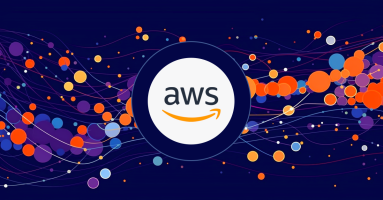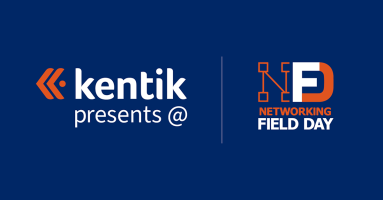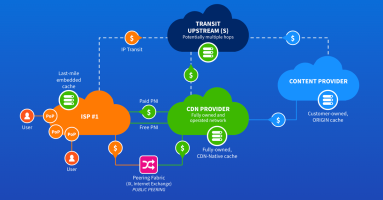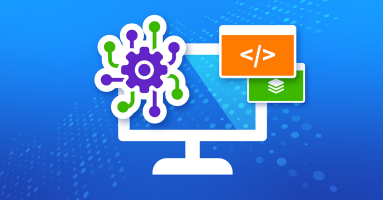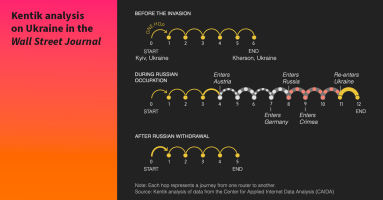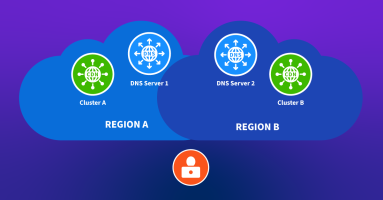Kentik Blog
























Virtual Private Cloud (VPC) flow logs are essential for monitoring and troubleshooting network traffic in an AWS environment. In this article, we’ll guide you through the process of writing AWS flow logs to an S3 bucket.
In this post, learn about what a UDR is, how it benefits machine learning, and what it has to do with networking. Analyzing multiple databases using multiple tools on multiple screens is error-prone, slow, and tedious at best. Yet, that’s exactly how many network operators perform analytics on the telemetry they collect from switches, routers, firewalls, and so on. A unified data repository unifies all of that data in a single database that can be organized, secured, queried, and analyzed better than when working with disparate tools.
In this post, we discuss the crucial differences between resilience versus redundancy in networking. Learn how to optimize your network for seamless performance.
What do network operators want most from all their hard work? The answer is a stable, reliable, performant network that delivers great application experiences to people. In daily network operations, that means deep, extensive, and reliable network observability. In other words, the answer is a data-driven approach to gathering and analyzing a large volume and variety of network telemetry so that engineers have the insight they need to keep things running smoothly.
This guide explores the benefits of embedded caching for ISPs and discusses deployment optimization strategies and future trends in CDN technology. Embedded CDNs help reduce network congestion, save costs, and improve user experiences. ISPs must carefully plan their deployment strategies by considering how each of the CDNs distributes content and directs end-users to the caches. They need to know both the CDNs and their network architecture in detail to build a successful solution.
A data-driven approach to cybersecurity provides the situational awareness to see what’s happening with our infrastructure, but this approach also requires people to interact with the data. That’s how we bring meaning to the data and make those decisions that, as yet, computers can’t make for us. In this post, Phil Gervasi unpacks what it means to have a data-driven approach to cybersecurity.
True observability requires visibility into both the application and network layers. For companies reliant on multi-zonal cloud networks, the days of NetOps existing as a team siloed away from application developers are over.
Network telemetry and DataOps play a critical role in enhancing network visibility. By combining both, organizations can improve network visibility and gain insight to help them optimize their network performance, improve security, and enhance the overall user experience.
It has now been over a year since Russian forces invaded its neighbor to the west leading to the largest conflict in Europe since World War II. Kentik’s Doug Madory reviews what has happened with internal connectivity within Ukraine over the course of the war in this analysis done for a collaboration with the Wall Street Journal.
Content delivery networks are an important part of the internet, as they ensure a short path between content and the consumers. The idea of placing CDN caches inside ISPs networks was created early in the days of CDNs. The number of CDNs with this offering is growing and ISPs all over the world take advantage of the idea. This post explains how this works and what to look out for to do it right.
